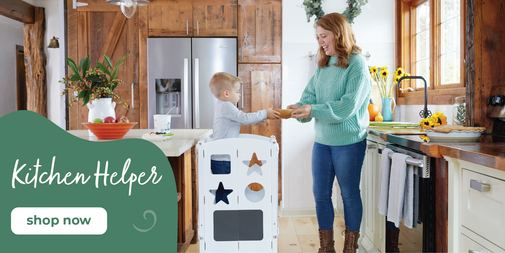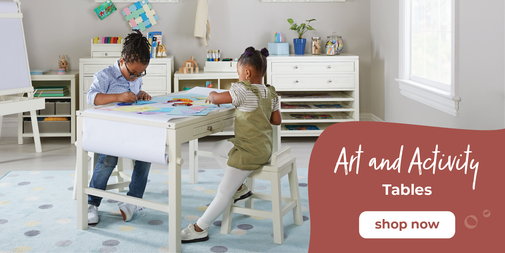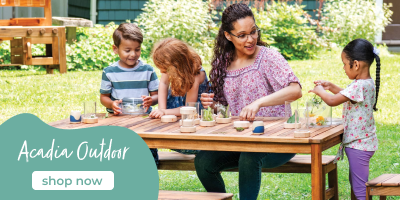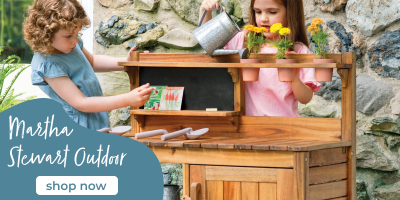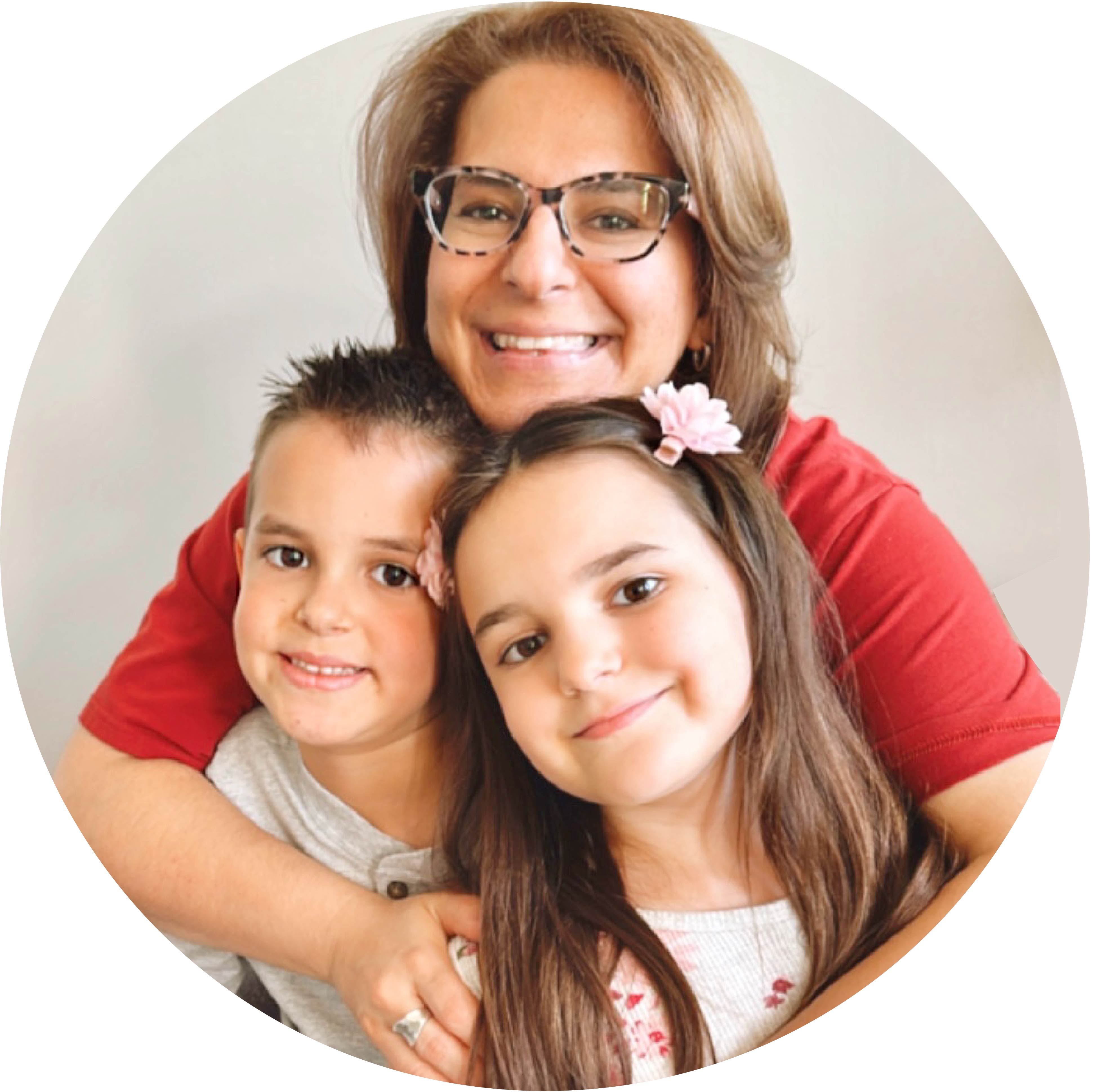Comment organiser et désencombrer votre salle de jeux ou votre espace d'enseignement à domicile
C'est une nouvelle année, et c'est le moment idéal pour faire le tri dans votre espace, l'organiser et le désencombrer ! Une pièce bien rangée et épurée permet à chacun de trouver facilement ce qu'il cherche et crée un espace convivial.
Une façon simple de s'organiser est de diviser son espace en zones communes ou aires de jeu. Ainsi, chaque chose a sa place et vous et vos enfants savez où trouver les objets et où les ranger. L'autre avantage de diviser son espace en zones de jeu est de pouvoir facilement faire le point sur le matériel dont vous disposez. Il est important de retirer régulièrement le matériel devenu trop petit et de ne conserver que celui qui correspond aux centres d'intérêt et aux besoins de développement de votre enfant.
Je divise mon espace en zones de jeu suivantes :
- Espace de lecture
- Espace de travail ou d'étude
- Aire de jeux sensorielle
- Espace artistique
- Espace d'apprentissage
Lisez la suite pour voir comment j'aménage chaque zone de jeu dans notre espace d'enseignement à domicile et mon approche pour les garder organisés et sans encombrement !
1. Espace de lecture :
Dans un coin lecture, il est essentiel de disposer de rangements pour les livres et d'un espace convivial où les enfants peuvent s'asseoir et lire. Un banc de rangement avec des rangements profonds est un bon choix. Les bacs offrent une assise confortable et beaucoup d'espace pour les livres, les magazines et même les activités calmes comme les puzzles. Le rangement de ces bacs évoluera avec les besoins de vos enfants. Nous les avons utilisés pour les livres de bibliothèque, le matériel scolaire, les jeux et les jouets.

En tant que famille pratiquant l'enseignement à domicile, nous avons une grande collection de livres que nous avons accumulée au fil des ans, et j'ai toujours trouvé qu'un espace avec des livres et un siège invite les enfants à entrer. Étant donné que les livres d'images et la plupart des livres ont de belles couvertures, les exposer face à face est un excellent moyen d'ajouter une exposition artistique à votre espace de lecture, tout en augmentant la probabilité que votre enfant soit attiré par les livres.

2. Zone de travail ou d’études :
Avoir son propre bureau offre à votre enfant un espace où il peut lire, faire ses devoirs ou se retirer pour un moment de calme.
Lorsque vous réfléchissez à l'aménagement de cet espace de travail , pensez à l'utilisation que votre enfant en fera. Des étagères ou des tiroirs permettent de ranger papier et fournitures comme crayons, feutres, cahiers ou journaux. Un tableau en liège peut exposer des œuvres d'art, des photos de proches, des citations inspirantes ou du matériel pédagogique. Un buffet au-dessus du bureau offre une étagère pour exposer des objets intéressants, des créations manuelles, des blocs de construction ou même une plante.

Mes enfants adorent travailler ensemble et rapprochent souvent leur chaise du bureau de l'autre pour créer ou jouer ensemble. J'ai combiné leurs bureaux en les plaçant côte à côte, ce qui me permet également d'utiliser cet espace pour des études thématiques avec des livres, des activités artistiques et des jeux sensoriels .

3. Aire de jeux sensorielle :

Les enfants adorentle jeu sensoriel et j'aime intégrer des activités manuelles, visuelles et tactiles à nos activités. Nous intégrons souvent des jeux sensoriels à nos cours à la maison, et plus particulièrement à nos cours de sciences. Je cherchais un endroit pour organiser nos modules scientifiques , tout en abritant nos bases sensorielles, figurines et jouets.
J'ai choisi l'étagère à livres et bacs EdQ pour cet espace. Ce meuble permet non seulement de ranger nos livres de face, mais aussi de ranger nos bacs avec porte-étiquettes pour nos jouets sensoriels et nos figurines. Vous pouvez écrire, imprimer, dessiner ou utiliser des autocollants pour indiquer le contenu de chaque bac. Les bacs étiquetés facilitent également le rangement pour vos enfants, car ils savent où ranger chaque chose.

4. Espace artistique :
Disposer d'un espace pour exposer, ranger et trier nos fournitures artistiques est très utile. Utiliser une armoire comme point de chute pour ranger les fournitures supplémentaires ou diverses est un atout majeur : vous pouvez les dissimuler tout en sachant exactement où elles se trouvent.

Je n'avais jamais réalisé à quel point un séchoir pouvait être utile avant de découvrir le rangement Martha Stewart Crafting pour enfants avec séchoirs. Aujourd'hui, je ne peux plus imaginer notre espace sans lui. Pour ma famille qui bricole et crée des œuvres d'art presque quotidiennement, avoir un endroit où ranger tous ces projets humides jusqu'à ce qu'ils sèchent est vraiment pratique. J'aime même utiliser l'étagère du haut pour les plateaux de projets artistiques que je souhaite utiliser tout au long de l'année et l'étagère du bas pour ranger les bacs à peinture que les enfants peuvent utiliser pour leurs projets de peinture.

Un casier avec bacs amovibles est très pratique pour ranger marqueurs à points, bâtons de peinture et peinture gonflante, ainsi que nos grands pots de peinture. Il suffit de prendre les bacs et de les apporter à la table d'artiste pour les ranger facilement.

Notre bac à papier est doté d'étagères coulissantes, ce qui permet aux enfants d'accéder facilement aux feuilles de mousse et de rapporter les feuilles supplémentaires. Nous utilisons la fente latérale pour ranger tout notre papier de construction et l'étagère inférieure pour nos blocs de peinture pour techniques mixtes et aquarelle.

Un distributeur de ruban adhésif adapté aux enfants, pour tous nos washi tape et ruban de masquage, permet aux enfants de choisir facilement et en toute autonomie ce dont ils ont besoin pour leurs projets. Nous rangeons les petits rouleaux dans le tiroir et j'apprécie de ne pas avoir à fouiller dans un placard quand nous en avons besoin, car tout est à portée de main.

Pour les petits espaces, un présentoir rotatif peut être utilisé comme une invitation à une étagère de bricolage ; vous pouvez disposer une variété d'invitations et de matériaux de bricolage sur chaque étagère afin que vos enfants puissent tourner et trouver quelque chose sur quoi travailler.

5. Espace d'apprentissage :

Disposer d'étagères dédiées au matériel pédagogique et aux ressources par âge ou par matière permet de suivre l'état de votre matériel et de le rassembler facilement pour organiser des activités ou des cours. Utilisez les étagères pour trier les livres, les puzzles et le matériel complémentaire.
Les bacs aident à garder les matériaux en vrac tels que les rubans, les fils, les papiers, les puzzles et les blocs de formes, de lettres ou de chiffres triés tout en gardant le désordre hors de vue.

Dans notre espace, nous utilisons deux tables d'art pour enfants, placées dos à dos, pour créer un espace de travail en groupe sans occuper trop de place. Les longs tiroirs offrent un espace généreux pour les crayons de couleur, les marqueurs, les ciseaux, les règles et le papier, tandis que le rouleau de papier latéral facilite la réalisation de projets artistiques ou de cours de grande envergure.

Les bacs amovibles avec compartiments permettent de garder tous les objets fréquemment utilisés organisés et à portée de main. Les enfants peuvent retirer la section dont ils ont besoin du bac principal et transporter facilement leurs marqueurs, crayons de couleur ou de couleur dans une autre pièce de la pièce ou de la maison.

